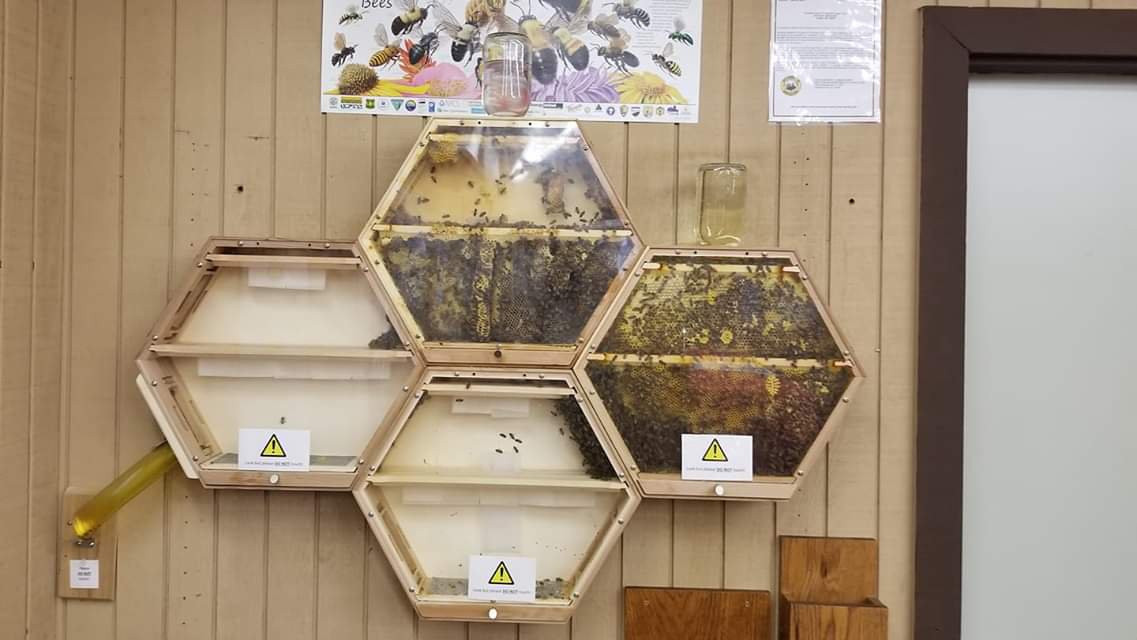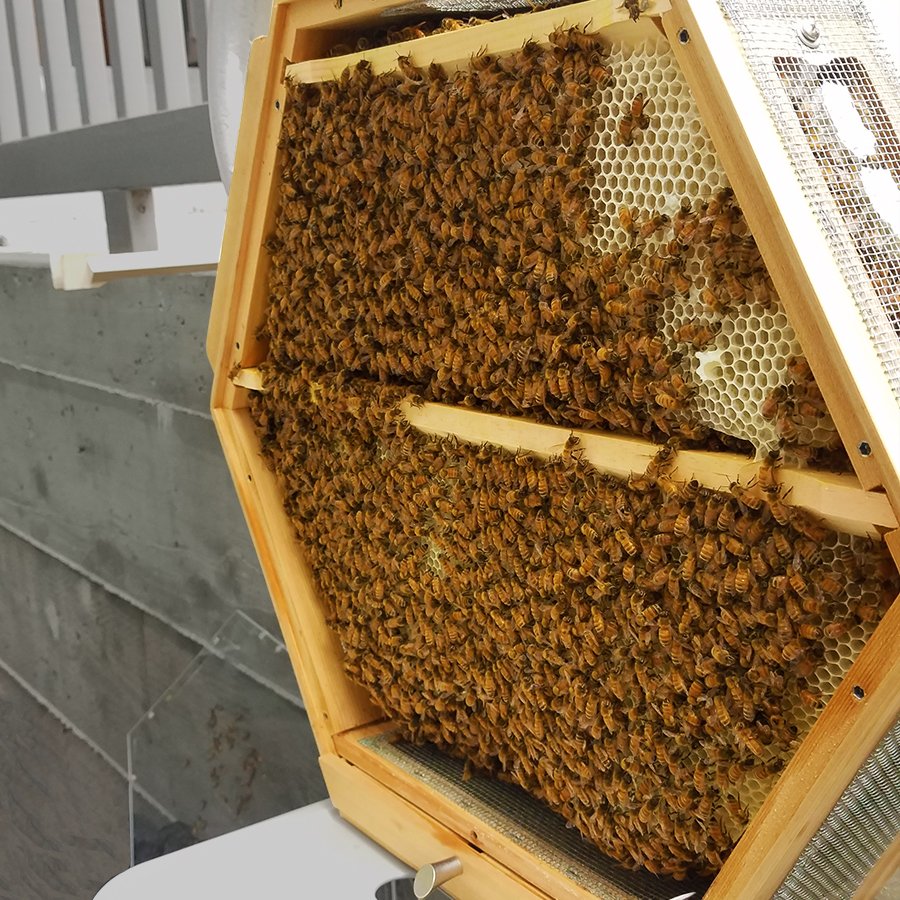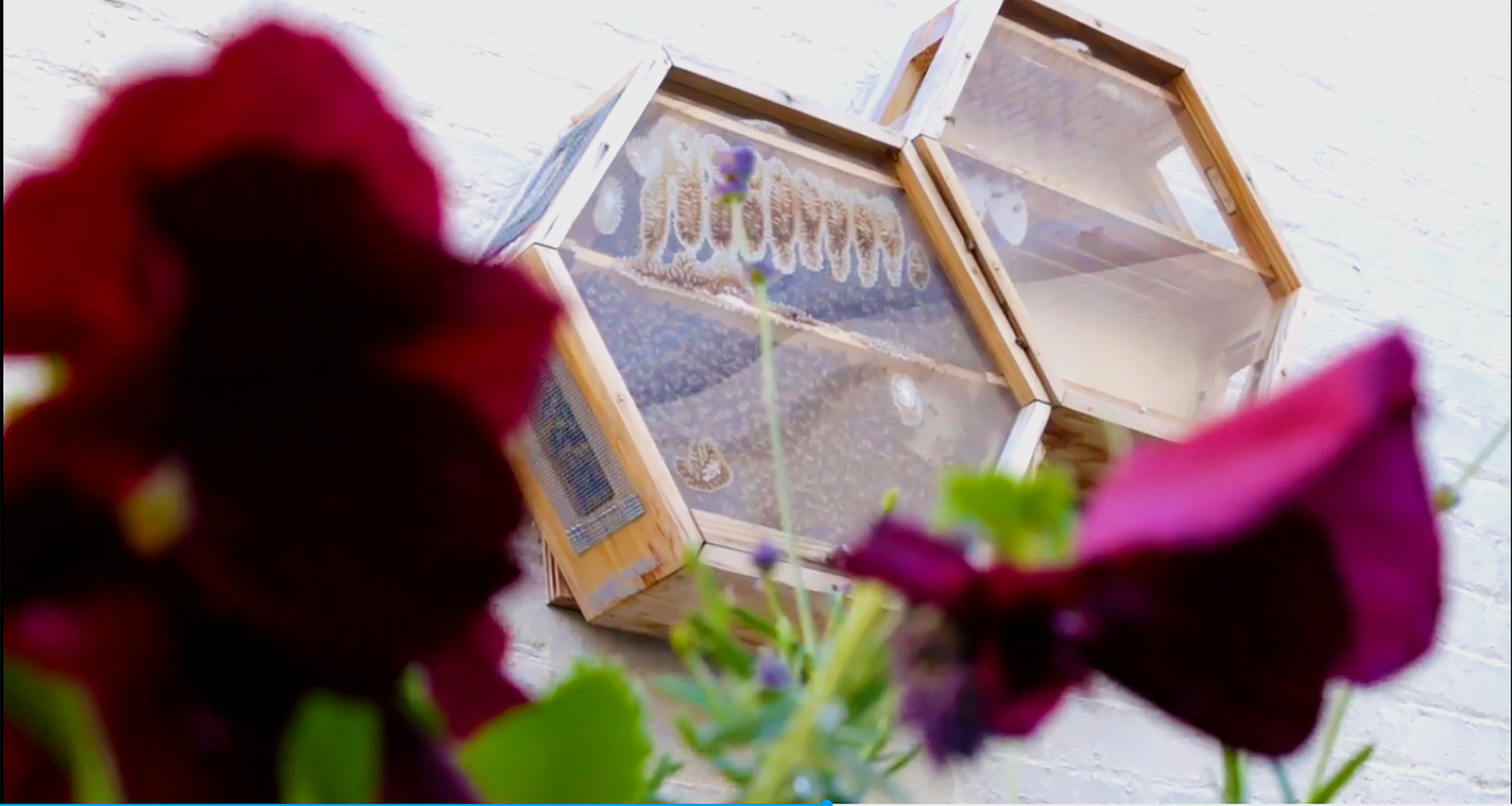What is Beecosystem?
A re-imagining of the observation honeybee hive - designed to bring people and honeybees closer together. Beecosystem makes pollinator education more accessible to everyone, from hobbyists to agri/ eco-tourism and institutional educators.v
Role + Responsibilities /
Research / UX / Product Design
Project Year + Duration
5 years / 2015 - 2020
Team
1 Product Designer, 1 Business Head, 1 R&D Head, Manufacturing Partner
I led physical and digital product design and development for the company and aided in a 5X growth strategy increase in Year 2 of sales to ~$100K. In year 2, I collected and implemented user feedback and research to modify the design and functionality of our flagship product while retaining 90% of existing customers. Defined and drove digital strategies by creating targeted social media content that gained international viral growth over 25M views for product launch with $0 spend on marketing and advertising.
Learn + Understand
Problem /
Over the past decades, honeybees and other pollinators have faced increasing serious environmental threats.
Traditional beehives are perfect for use in nature, production of honey, and as added pollination means for agriculture. But the majority of people have no idea about the intricacies involved in sustaining a healthy hive. Observation hives have existed for decades and these designs allow people to look into the inner workings of a honeybee colony. But there’s always been problems with these: they are small or fixed-in size, they don’t ship with the glass included, and they require you to drill holes in your wall in order to set up your hive indoors - it’s a lot to consider, and can discourage people from getting into beekeeping.
Solution /
Promote honeybee health and awareness while engaging a new generation of beekeepers by creating a first-of-its-kind product which establishes an intimate connection between people and honeybees. Beecosystem is the first of its kind and an absolute game-changer in the industry. Key differentiators from other hives:
Modular
Indoor Outdoor Capabilities
No drilling an exit hole through your wall
The most sophisticated and elegant observational beehive design in the world
Explore + Define
Research /
Our team conducted over a dozen interview sessions with beekeepers of various skill levels, industry professionals, and professors at Penn State in order to document and learn about what’s working/ not working within the observation hive industry. Outside of interviews with professionals and hobbyists, we utilized surveys to collect general information from the larger beekeeping community. This was achieved through forms on our website, relevant social media groups, and trade events.
“I’d love to have a beehive but I’m limited by the amount of space I have available and by living in an urban area.”
“Beekeepers in general, and I think it may be something that happens as you watch bees, you get fascinated with what they’re doing. And in doing so teach yourself a lot of science, and then you begin to actually contribute to what we know about bees.”
Key Insights /
Design needs to take into account constraints of urban living
Accessibility for hive maintenance
Provide support for new/ inexperienced beekeepers
Modularity of units for hive growth and expansion
Understanding User Groups /
We synthesized our findings and generated three personas broken down into non-beekeepers, hobbyist beekeepers, and professional beekeepers. This helped explore the specific goals and needs of the different groups. We gained insight into how each user group specifically utilized current beehive products. There were three main users identified based on our research. Non-beekeepers, Hobbyist beekeepers, and Professional beekeepers.
Opportunity areas focused on:
Personalized coaching to instill motivation and good habits.
Connecting positive actions with future results.
Actionable goals to prevent users from being overwhelmed.
Simplifying the data entry process so the users’ care team has access.
Improving insight into daily habits for both patient and coach.
Promote the importance of honeybees and empower people to feel confident in becoming a beekeeper?
How Might We /
Design + Iterate
Process /
After our discovery and research phases, I began concepting product ideas via sketching and CAD models. My idea revolved around modifying furniture into living beehives. I worked through various tables and bookcase designs but there were many factors to consider. A huge consideration was a tube would be required for the bees to access the outside world 24/7. I finally landed on a solution that met our team’s needs, a picture frame concept that could be hung on walls near windows. This would allow for easy, uninterrupted access for the bees as well as a minimally invasive option for users in their spaces. We pitched our concept at a startup event in Denver, called Bee Boulder in 2015 that was focused around creating social impact businesses that promote honeybee health.
We won that competition and $15,000 to bring this idea to life. Our team then built 5 initial working prototypes, and collected insight and feedback from various participants. This was achieved by finding five different sites and user groups for the prototype hives. Each site/ user group tested the hives for a season (~5 months).
Product Improvements from Proto 1.0 to Proto 2.0:
Increased ventilation for the honeybees
Removable window unit with safety latches
Larger magnets for night-time window cover
Increased Side Vent Passageways for Modular Expansion
Discontinued staining hives and pre-built wax foundations
Prototypes 2.0
Our team took that insight, made necessary design improvements, and was ready to launch a second pilot season. These changes were necessary to increase safety not only for the users but for the honeybees themselves. This time we had three prototypes at new locations. One location was a high visibility, high human traffic indoor location which would provide important feedback around product safety.
Around this time, our team was gearing up to launch a Kickstarter campaign to crowdfund the initial manufacturing costs and garner widespread customer interest. I designed and built our website in Squarespace as well as all of the company’s promotional materials, branding, and manufacturing specifications. For the manufacturing, we worked closely with a local craftsman in State College. There were countless challenges in the manufacturing process as a product like this was never brought to market before. Some challenges included reducing product cost and labor, designing custom safety closures, and a modular window unit system to fit a multitude of customer window sizes.
After our initial product launch and first year of fulfilling orders, we gained insightful feedback (surveys, interviews, and emails) from our early customers that led to refining our product and a re-launch for Year 2.
Product Improvements from Version 2.0 to Version 3.0:
Removed magnetic connections to reduce product cost
Revamped product functionality so product could be opened from the FRONT instead of from the back which allowed for easier maintenance
User-centric Features /
Easy access for maintenance and hive health
Modularity - Additional hives can be joined as the hive grows
Indoor/ Outdoor Use
No drilling an exit hole through your wall
Removable acrylic cover to block overhead light into the hive
Access to a growing community of amateur and professional beekeepers
Customer Feedback + Iteration
Prototypes 1.0
Evaluate + Advance
“I couldn’t be happier...I plan on expanding the hexagons all the way down the wall as the hive grows. My kids love it and my friends and family are just in awe. Its a great conversation piece when guests come over. This hive is very low maintenance...after just a few days of being installed, my bees already have over 6 inches of comb jutting down from the top frames.”
Impact /
Incredibly rewarding process and I was very fortunate to have worked on a such an innovative, high-impact product-service from end-to-end.
500+ units sold and shipped around the globe
Incorporated into 20+ schools, learning, and nature centers
Established habitats for 5M+ honeybees
Created a community and network of over 150 beekeepers and customers to service and provide support for their Beecosystem’s
Challenges /
Developing the product was a long process, but the real challenge occurred when trying to sustainably scale the product for global demand.
Supply chain and shipping logistics were the biggest crux in establishing sustainable growth.
Our founding team lost the passion after the product launched and our focus shifted to operations and logistics.
We weren’t as interested in finding new and reliable supply chain, packaging, and shipping options after our manufacturer went out-of-business during the pandemic.





















